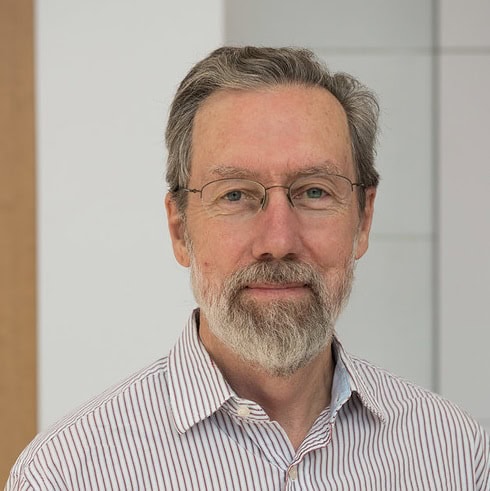Washington, D.C., the site of the AHA’s 2008 annual meeting, hardly needs an introduction. The nation’s capital looms so large in the public eye that even those Americans who have never visited the city are likely to harbor sharp images and strong emotions about the place, as do many non-Americans who view our country from afar. With its classical architecture, its corridors of power, and its influence over world affairs, it offers more than an echo of ancient Rome.
The Washington, D.C., that many historians may be most familiar with is the city that contains a treasure trove of records and artifacts from the past. Here we have the Library of Congress, the National Archives, the Smithsonian Institution, the Folger Library, and various other scholarly institutions that do so much to help us pursue our profession and our passion. Some of you may want to spend a few extra days doing research at one of these institutions when you come to the annual meeting. If so, keep in mind that the bargain meeting hotel rates are good for three days prior to the conference and three days after (i.e., $109 from January 1 to January 9).
There are plenty of other reasons to linger in Washington a little longer, or, if that’s not possible, at least escape the hothouse atmosphere of the conference hotels for a few hours in order to explore this remarkable city. The 2008 Local Arrangements Committee is organizing an array of tours for meeting participants. The tours will include one of Decatur House and Lafayette Square, another of Duke Ellington’s Washington (U Street and the Shaw neighborhood), a third that focuses on Civil War Washington, a fourth of the National Building Museum, and a fifth that offers a sneak peek of the Capitol Visitors Center, which is still under construction (see Tours Organized by the Local Arrangements Committee for details of the tours).
In addition, Washington’s many museums and monuments offer an obvious, if overwhelming, array of choices. Is it art you crave? Then check out the world-class Western art collection at the National Gallery or the superb Asian collections in the Sackler and Freer Galleries or various other fine institutions specializing in African art, pre-Columbian art, modern art, women artists, and more. Since the AHA last met in Washington in 2004, the striking National Museum of the American Indian has opened its doors and the American Art Museum and National Portrait Gallery have reopened in the newly renovated Old Patent Office building they share. Another museum expected to open this winter is the Newseum, which is devoted to the history of the news media. Washington is also rich in historic houses that are open to visitors, including the homes of Frederick Douglass and Woodrow Wilson. And then there are the memorials on the Mall, which give the city much of its iconic imagery. One of my favorites is the FDR Memorial (and the view it provides of the Jefferson Memorial at night), while the most recent addition is the World War II memorial. Finally, Washington is filled with statues of famous people, as well as those whose fame has faded. I like to send my world history students on a treasure hunt in search of the statues of Mohandas Gandhi, Joan of Arc, Simon Bolivar, and the various other historical figures that grace the city.
Too often, of course, visitors simply see the monumental city of the dead. Washington is in fact a remarkably vibrant and lively place with one of the richest cultural scenes to be found anywhere. You want music? The choices range from orchestral concerts and operas at the Kennedy Center to an exceptional array of contemporary music in the city’s countless clubs. How about the theater? The Shakespeare Theater, the Studio Theater, the Arena Stage, and various other long-established and newer companies offer a wide range of first-rate productions. Do you prefer movies? Check out the American Film Institute’s new theater complex in Silver Spring. And you’ve got to eat, right? No problem: you’ll find some of the finest restaurants in the country and a diversity of cuisines that may be unmatched anywhere.
Much of what makes Washington such a culturally rich place is its unique confluence of money, power, and people. You get a glimpse of the money in neighborhoods like Kalorama, just a short walk from the meeting hotels. The power is rendered visible in the massive public buildings that surround the Mall. But it’s the people that provide the catalyst for the city’s cultural vitality. Washington is increasingly a city of immigrants from around the world, and its extraordinary ethnic diversity is particularly apparent in the lively Adams Morgan neighborhood, with its amazing array of restaurants, bars, and shops.
You can easily get more information about places to see and things to do in Washington on the Web. One of the best sites is Cultural Tourism DC, which provides information about events in the city and self-guided tours of historic neighborhoods. Also check out the Washington Post’s City Guide. And enjoy!



